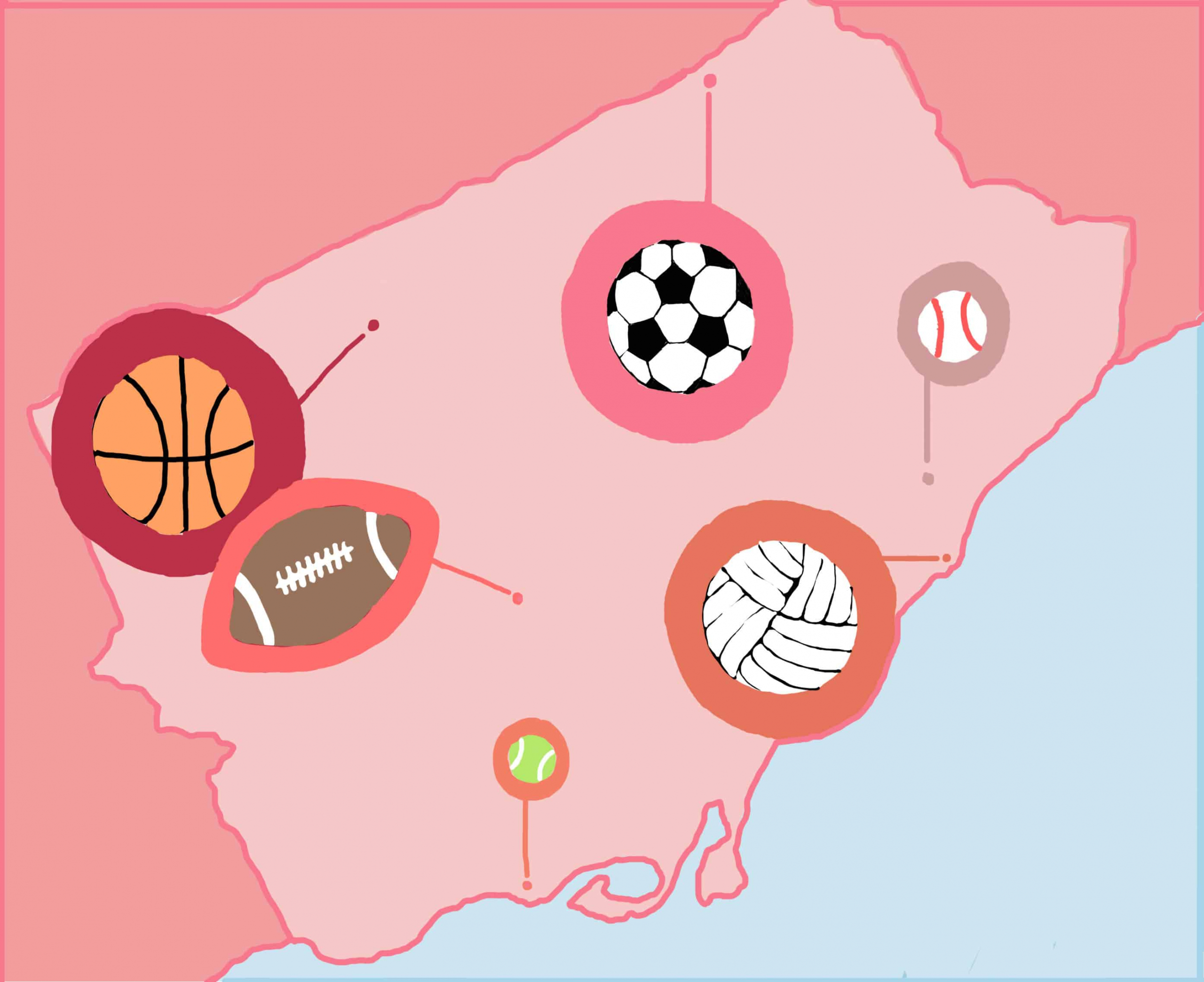When acting Vice Dean at the Faculty of Kinesiology Professor Peter Donnelly found himself teaching in London, England’s East End in the 1980s, the area’s cultural diversity was new to him. Growing up in what he called “a white-bread town” in Northwest England, there was little in the way of diversity. “My parents always brought up the ‘Jewish dentist,’” explains Donnelly. “That was the diversity.”
In college, Donnelly became fascinated with cultural diversity. It wasn’t until Donnelly accepted a teaching position at McMaster University that he was able to advance his interest in this area.
“I asked students to find a sport from their own ethnocultural background,” he says. “[Then] I came to Toronto in 1998 and kept the assignment going.” What he learned was astounding.
Today, when people think of physical activity, running or going to the gym are often the only things that come to mind. “If we don’t know the full repertoire of physical activity in the city, we make a lot of stupid assumptions,” Donnelly reports. “That leaves us ignorant to the possibilities out there.”
Donnelly now catalogues physical activities throughout the city, as “this is a public service and will be a resource for the future.”
Asking Donnelly about the project’s beginnings woke his inner researcher. “My goal at the time was to go back to the eighteenth and nineteenth centuries of science, where botanists and geologists would go into an area and collect information about everything there, [then] classify and categorize them,” he states.
His website, GTActiviy, categorizes hundreds of physical activities, most of which are more than just sports — according to the website, they’re forms of physical culture. In fact, GTActivity is broken down into six segments: sport, physical game, dance, exercise system, martial arts, and other.
Donnelly is the first to admit that it’s not an exhaustive collection: “That’s an initial classification. What we’re coming up against is deviations and developments of physical activities. Capoeira is both martial arts and dance. These modifications take place all the time. And you have new additions like bicycle jousting and hacky sack.”
Still, Donnelly and his team have defined research questions. Having received funding from the City of Toronto, his focus is directed at three areas.
First, “What’s the lifecycle? What comes to Canada? What gets left behind in the old country? When it gets to Canada, what lasts past the first generation? Why is that?”
Second, “How did these activities play out in integrating between cultures?”
And finally, “What is the place of the three levels of governments in supporting physical activity?”
Currently, Donnelly’s findings are mostly qualitative. “Activities are [more likely to] die off than to survive. The most long lasting activities in general are dances. You learn them as a kid, there may be a cultural schooling or other influences. Pretty much everything dies out after the first generation. What mom and dad did seems old-fashioned.”
The ones that do survive are nearly always integrated. “Activities that survive connect communities. Using a cultural forum to connect with others drives behaviour,” Donnelly describes.
Donnelly gives one example of how the integration of activities can work. He speaks of how “mainland Chinese immigrants had a volleyball league where the game became attractive to other cultures. Slowly, they integrated into other cultures. Then they expanded to East-Asians. It stayed within a larger community but ultimately connected across cultures.”
Some activities become deeply integrated. Dragon boating is a perfect example. The activity has become completely integrated into Canadian culture and has somewhat changed from the traditional Chinese form of the activity. “Breast cancer survivors… do it as a fundraising, solidarity, and self-developing initiative,” Donnelly notes.
Apart from his findings, Donnelly’s hopes for GTActivity are also sentimental. “We’re hoping for a revival. People may look back at tradition and may reinvent games.” He explains, “More than anything, GTActivity is a citizen’s science project; it’s open. People can add and edit activities to better the database and capture cultural diversity.”
Donnelly continues, “We talk about fashion, we talk about food, language, and religion. This is more important than people are giving it [credit] for.” In fact, GTActivity is picking up more and more traction, and Donnelly reports an uptick in visits.
“I hate to see anything die out,” he explains. “Even if two people speak a particular language in Canada, I’d love them to teach others. Diversity is really important in every possible way, and this is a part of it for me. Survival is important, but understanding it at a scientific level is what we strive to do.”


